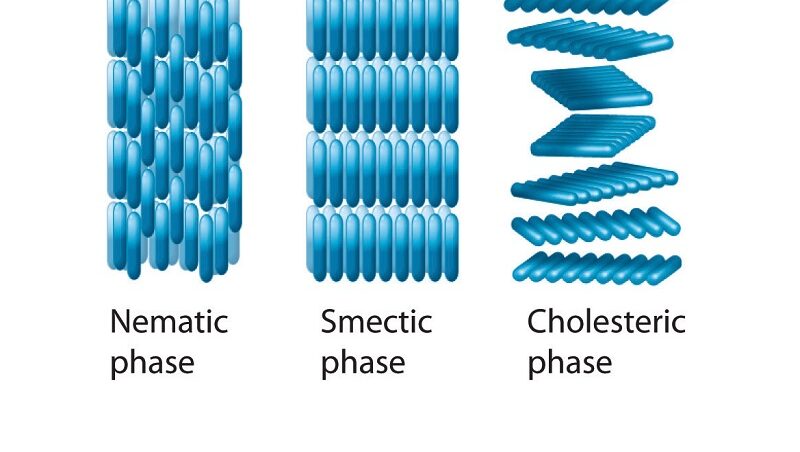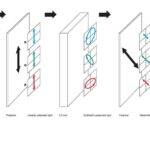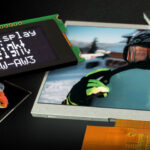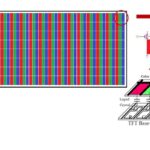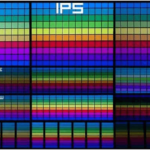What Smectic LCD
Now a days this increasing demand for video displays has placed a growing emphasis on the switching speed of liquid crystals. This has led to the development of devices employing smectic liquid crystals, certain of which have a faster electro-optical response than nematic liquid crystals.
The surface-stabilized ferroelectric liquid crystal (SSFLC) display is currently the most developed smectic device. In it the liquid crystal molecules are arranged in layers perpendicular to the substrate planes, which are separated by one or two micrometres, and within the layers the molecules are tilted, as illustrated in the figure.
The host liquid crystal contains optically active molecules, and a subtle consequence of the optical activity and the tilt of the molecules is the appearance of a permanent charge separation, or ferroelectric dipole, analogous to the ferromagnetic dipole of a magnet.
The direction of this dipole is perpendicular to the tilt direction of the molecules and in the plane of the layers. Thus, there is a permanent charge separation across the liquid crystal layer in the SSFLC, and its sign is directly coupled to the tilt direction of the molecules.
An applied voltage of the correct sign can reverse the direction of this dipole in tens of microseconds and hence reverse the tilt direction of the molecules.
The corresponding change in optical properties can cause a change from light to dark when one or more polarizers are used.
SSFLC devices have been commercialized for large passive-matrix displays, but their cost and complexity have prevented them from making any significant impact on the market. Small transmissive and reflective active-matrix SSFLC displays, however, show some promise for use as elements in projection systems or as viewfinders in digital cameras.
Their fast response allows them to be used in time-sequential colour systems, in which costly colour filters are replaced by a coloured backlight that flashes red, green, and blue in rapid succession (about 100 cycles per second). For example, the liquid crystal can be switched to a transmissive state during the red and green periods and to a nontransmissive state during the blue period, with the result that the eye sees an average of red and green light, or the colour yellow.
Also visit below page :
